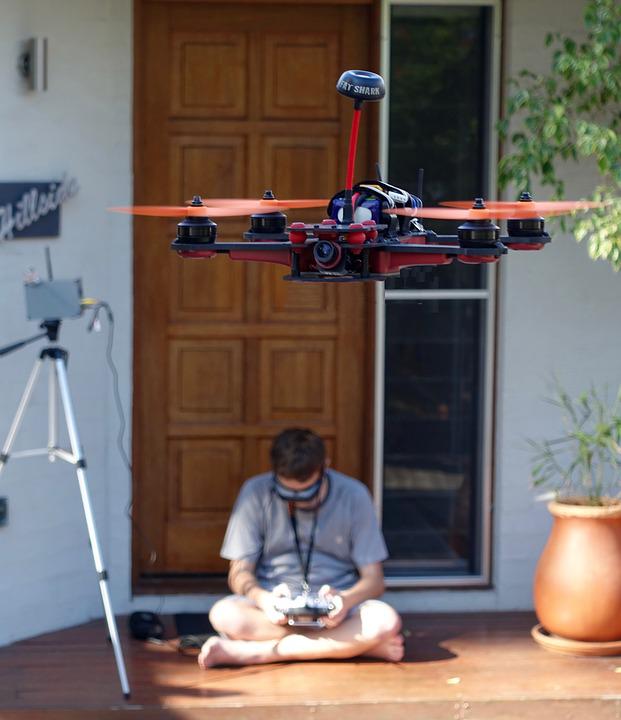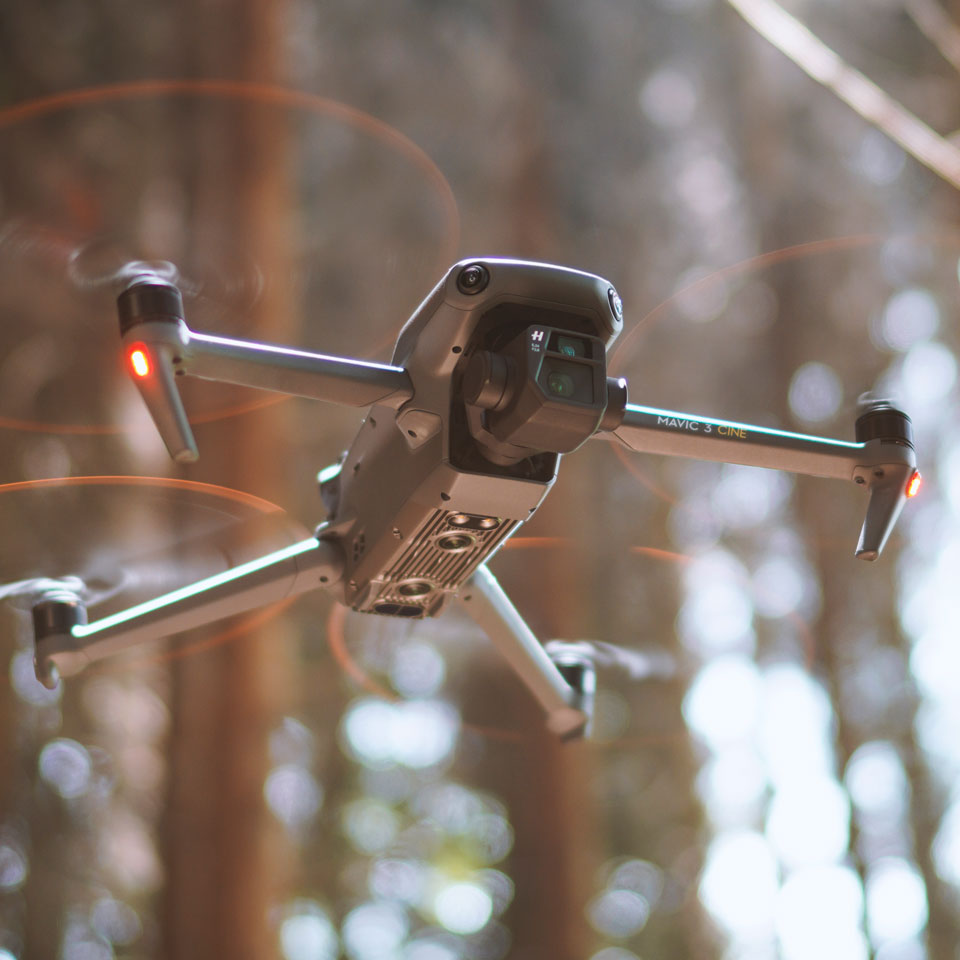
In the ACTD, a crew of Navy and Army Navy pilots operated a General Atomics MQ-1B Predator. It was a remote-piloted, multi-mission aircraft at medium altitude, and carried two AGM-114 Hellfire rockets. It is powered by a Rotax 914 engine. Since 1996, it has been used as a MQ-1B Predator.
MQ-1B Predator can be remotely piloted and is an armed, multimission, medium high-altitude, remotely piloted aircraft
The MQ-1B Predator American armed, remotely piloted aircraft is used both by the U.S. Air Force as well as the Central Intelligence Agency. The MQ-1B Predator was developed by General Atomics Aeronautical Systems Inc., Poway, California. It is a multi-mission, medium-altitude aircraft that can be piloted remotely by a qualified pilot and sensor/weapons operator. It is controlled from a Ground Control Station located thousands of miles away.
The Reaper is a significant advance in UAV technology. The Reaper can take down time-sensitive targets and disable them with a HELLFIRE missile or a 500-pound bomb. The Reaper is both the first and largest UAV worldwide that has been military-certified.
It carries two AGM-114 Hellfire missiles
The General Atomics mq 1 predator reportedly carries two AGM-114 Hellfire cruise missiles. These missiles can both be used for aerial and ground strikes and were created for terrorist use in the early 2000s. One Hellfire missile can carry two AGM-114 Hellfire Missiles. One missile is directed at an enemy tank and one at an unidentified target. The mainstay of US antiterrorism UAV operation is the armed Predator. It has proven invaluable.

Cost was one of the biggest challenges for Hellfire missiles. The new missiles are more expensive than the original one, and the launcher is not cheap. General Atomics engineers realized that a Predator's wing could not support two Hellfire missiles. That meant they would have to design a new wing with hardpoints to hold them. To accommodate the launchers the Predator's wings ribs and cross brackets were changed. General Atomics engineers also had to redesign the wing hardpoints for the single-rail launcher. Big Safari quickly bought multi-rail launchers from the Navy.
It is powered by a Rotax 914
General Atomics Aeronautical Systems Inc. developed the MQ-1B Predator, a medium-lift multirole unmanned aircraft vehicle (UAV), to replace F-16 Fighting Falcon fighter plane. It weighs approximately 2,000 lbs and is powered with a Rotax 914 turboprop motor. The aircraft can be used for as long as 10 years. The MQ-1B is currently in production.
The modified GA Gnat 750 is the MQ-1. It is used by both the United States Air Force (USAF) and the Central Intelligence Agency (CIA) for forward observation and aerial surveillance. The aircraft can be outfitted with two AGM-114 Hellfiremissiles. It has been used in Afghanistan and Pakistan since the 1990s. The U.S. has used the aircraft in numerous combat operation, including NATO bombings that hit Yugoslavia.
During the ACTD it was operated jointly by a Navy/Army team
The Predator program was originally an Advanced Concept Technology Demonstration in January 1994. The demonstration's purpose was to test the capabilities of unmanned long-endurance aircraft at medium altitudes. During the ACTD was used RQ-1s (prototypes) from the program. In March 1994, both the Army and Navy had one Predator, which was attached to an Orlando-based Military Intelligence Battalion (Low Intensity).

Air Force, Army and Navy have maintained a close working relationship for many years. The Predator however is an exception. The relationship between the services has remained good but Army brass is known to be competitive. The Army retained the Gray Eagle despite the Air Force trying to take control of Predator from Army. Later, the MQ-1C was upgraded and a combined Army/Navy team could operate it during the ACTD.
FAQ
Can I fly my drone around my neighborhood?
Yes! These are called UAVs (unmanned aerial vehicles). There are many kinds of drones today. They range from small quadcopters, to large fixed-wing planes. The FAA has recently issued new rules regarding the commercial use of UAVs, which means you can now legally fly them for business purposes. Be aware that UAVs operating near airports could cause interference to air traffic control systems. You must get permission from the authorities before you can fly one.
Can I fly my drone indoors
Yes, you can fly your drone indoors. You just have to ensure no obstacles or hazards inside your home. You should not fly near windows, doors or heating vents.
What law applies to drones that fly over private property?
New rules have been issued by the FAA for commercial drone flying. These rules apply only to UAVs weighing less than 55 pounds and flying below 400 feet above ground level. Commercial operators will need to register with FAA and get a license from agency. They must also obtain permission from local authorities if they plan to operate in restricted areas, such as airports.
How can I keep drones away?
Drones are becoming increasingly popular for home surveillance, but they also threaten privacy and security. To avoid drone attacks, install motion sensors around the property. They will detect any unapproved flying objects.
Statistics
- According to ZipRecruiter, the minimum hourly wage of drone pilots is $20. (thedroneu.com)
- According to industry research from ZipRecruiter , there are 10 cities where the typical salary for a Drone Pilot job is above the national average. (dronesgator.com)
- According to the multiple listing service (MLS), houses and apartments with drone photographs are up to 68 percent more likely to sell than those without pictures. (thedroneu.com)
External Links
How To
How to Fly Drones at a Beginning Level
A drone is a remotely-controlled aircraft that is used for aerial photography and surveillance. Drones are a technology that has been around since World War II. However, commercial use began in 2010 when DJI released their Phantom series of quadcopters. Since then, there have been many different types of drones available, from beginner-friendly models like the Parrot AR Drone 2.0 to professional-grade multi-rotor craft like the DJI Mavic Pro.
There are several ways to fly a drone, including;
-
Remote control - This method uses a control device attached to your hand, which enables you to steer the drone through its flight path. There are two main types, On/Off switches (like radios) and joysticks.
-
Manual Control - This method uses a smartphone app to remotely control the drone using GPS coordinates. You must keep track of the location where you want the drone to go and follow the instructions from the app.
-
Autonomous Flight – This is when the drone handles all the piloting tasks. It basically flies autonomously without any human intervention. For the autonomous flight to occur, the drone must have a built-in camera and sensors capable of capturing images and data.
-
Triggered Flight - This method is similar to manual control, except the pilot manually sets up a preprogrammed route, and the drone follows that route until it reaches the endpoint. After the preprogrammed route is complete, the drone will automatically land and return to its base.
-
Landing Gear – A few drones come with landing gear. This allows them land safely in the event of losing power or running out of battery.
-
Goggles: Some pilots use goggles in order to protect themselves against debris when operating.
-
Camera – Some drones have cameras, which allow you to take photos or videos from up high.
-
Obstacles-Some drones come with obstacle avoidance devices that keep them from hitting obstructions.
-
Speed - Drones can reach speeds up to 40 mph.
-
Battery Life - Most drones are capable of lasting between 20 minutes and three hours, depending on the power that you use.
-
Range - Some drones can travel upto 30 miles depending on their models.
-
Power source - Not all drones can use an external power source. Others can run on internal batteries.
-
Weight - Some drones can be as light as 1 pound while others can reach 4 pounds.
-
Size - Drones range from small devices that fit in one's palm to large crafts that weigh more than 50 pounds.
-
Price - Drones come in a variety of price categories, including high-end models which can run into the thousands and low-cost options that can start at $100.